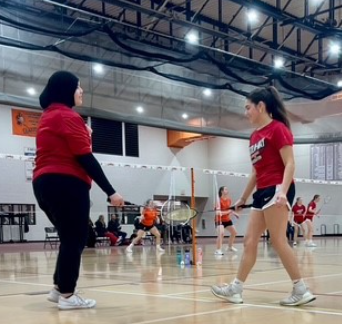Video games and youth violence
What kids see, they do. They pick up on simple tasks from just observing their family members and peers around them. However, while they learn to tie their shoes and brush their teeth from observation, they may also be unexpectedly learning aggression, violence, and how to desensitize themselves from delinquent behavior.
In this generation, it’s a rarity if a child does not have some sort of video gaming console in their home. America’s youth is practically being bred upon technology, but recent studies show that this may be becoming detrimental to our youth’s mannerisms. According to a 2014 study in the Journal of the American Medical Association, habitual violent video game playing was linked with long-term aggressive behavior, as well as showing an increase in bullying and cyberbullying among their peers. Violent video game players were also known to engage themselves in physical fighting and had shown hostility towards their teachers as well.
The most prominent and distressing type of video game that depicts violent acts are those of the kind that involve wars, guns, and gang violence. According to CNN, about 90% of America’s youth ages ranging from eight to sixteen spend up to thirteen hours a week on average playing video games. That means thirteen hours of graphic violent images imprinted in their brains, thirteen hours of weaponry use and gang-violence scenarios, and most haunting, thirteen hours of desensitization towards real world violence. If a child grows up with the understanding that firing a weapon at another human being is acceptable through video gaming, what’s stopping them from firing a weapon at a human being in real life?
Upon interviewing the Lincoln-Way Central school Psychologist Mrs. Lynch, I heard her perspective on the correlation between video games and the violence that entails with them. In her opinion, she believes there to be an influence from the video games on the youth today. However, she also brought up an interesting point about whether or not the person had a predisposition to commit a violent act. She commented that it really is dependent on whether a person experiences an outside influence or if they have a prior tendency to behave violently.
It is important to note that not all of America’s youth will be brandishing weapons and wreaking havoc upon society after playing video games. If played in moderation and taught the difference between wrong and right effectively, there should be no need for such high percentages of youth violence in today’s world. There are many more useful ways to spend one’s time than in front of glowing screens. However, in this day and age, the struggle to disconnect is relentless. But we need to remind ourselves that if nothing changes now, our youth will only know violence.






